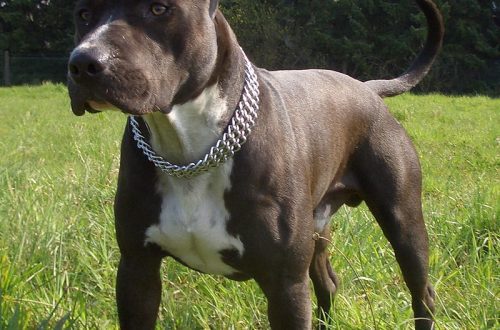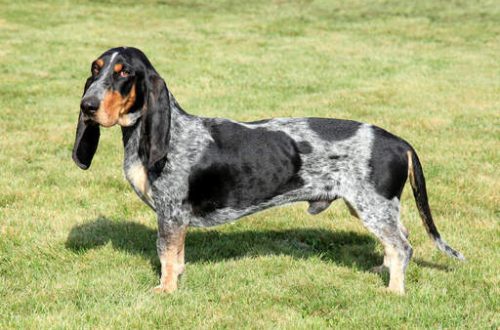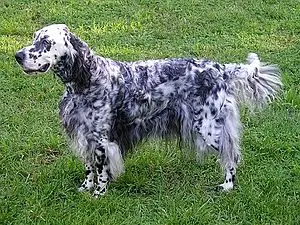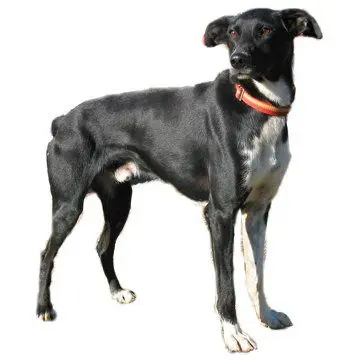
Eurohound
Contents
Characteristics of Eurohound
| Country of origin | Scandinavian Peninsula |
| The size | Average |
| Growth | up to 60 cm |
| Weight | 18–24 kg |
| Age | 10–12 years old |
| FCI breed group | Not recognized |
Brief information
- Friendly;
- Smart;
- Gambling.
Origin story
The Eurohound breed is quite young, it was bred in Scandinavia about 70 years ago as a result of crossing the Siberian Husky with the English Pointer .
This is a breed of versatile sled dog that was originally conceived specifically for dog sled racing.
This is a very fast sled dog that excels at short, sprint distances. But in marathon races, the results will be somewhat worse.
A serious problem is the lack of a dense undercoat and short hair, which is not able to protect dogs during extreme cold. Therefore, so that they do not freeze, the owners are forced to wear insulated overalls on them .
Due to their unsuitability for cold weather, most breeders are skeptical about this breed.
Description
It is still too early to talk about the exact criteria that describe this beautiful dog. The Eurohound standard has not been fully formed, this breed has not yet been registered as an independent one.
The Eurohound has a smooth coat, long, powerful paws that allow you to move quickly even in deep snow. The dog is very strong.
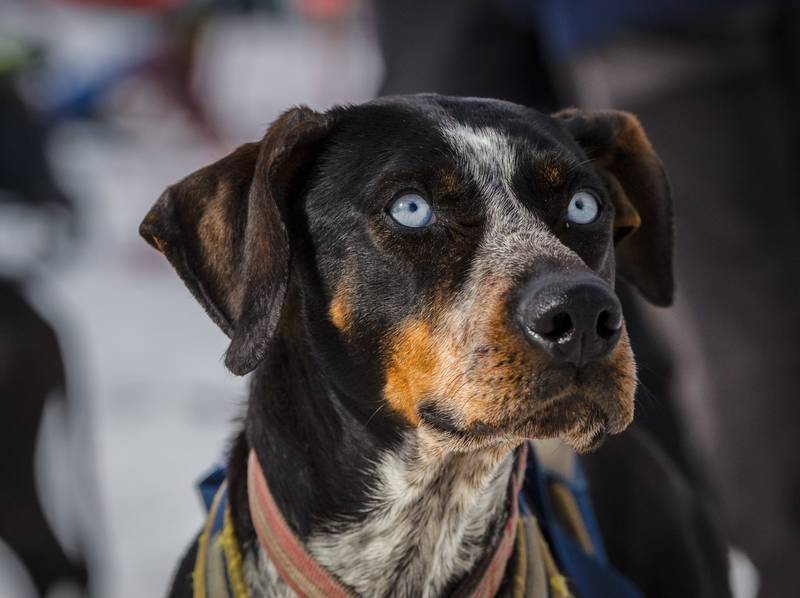
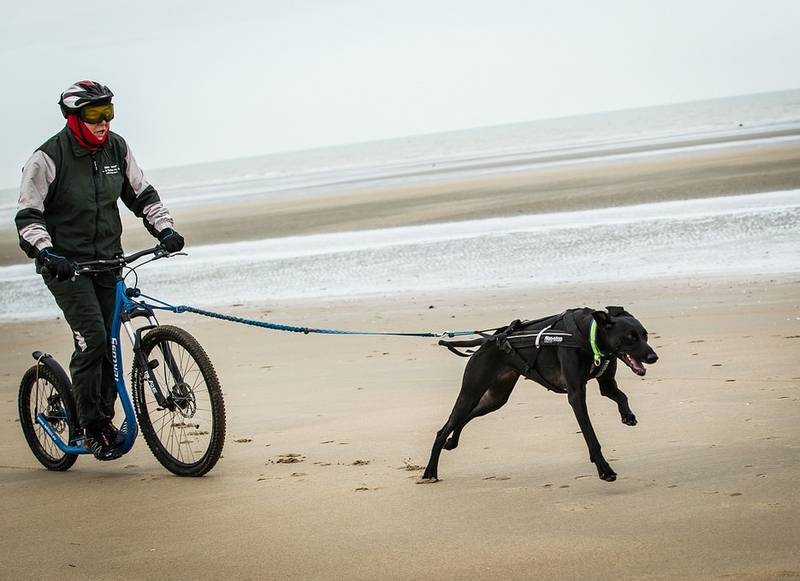
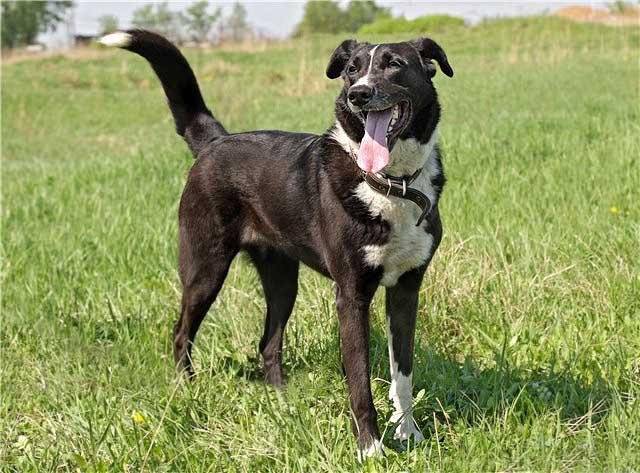
The main features of this breed have not yet been fully established and may vary within the standards of its ancestors – huskies and pointers.
The head is medium in size, the muzzle is wide. The eyes are usually brown, but there are also blue ones. The ears are most often hanging, triangular. Wool can be any color. The tail is long.
Eurohound Character
Eurohounds are distinguished by an accommodating, friendly, but extremely gambling character. Representatives of the breed are very smart, lend themselves well to training , like to participate in various competitions. They love when the owner gives attention, and are ready to work to deserve this attention.
This is a sociable, obedient, easy-going family dog that is ready and happy to be friends with all family members, even small children.
Gets along well with other dogs and small pets.
Care
The dog should be combed 1-2 times a week with a natural bristle brush, a special mitt for dogs or a rubber brush with pimples instead of teeth. When shedding begins, the coat should be combed more often.
This breed is quite healthy, but joint problems can occur, so it is necessary to regularly examine the condition of the dog’s paws.
Due to the lack of undercoat, the skin of the animal is poorly protected from the aggressive external environment. Therefore, it gets dirty pretty quickly, and the dogs have to be washed or wiped with a wet cloth.
Ears and claws are treated as needed.
Eurohound – Video





